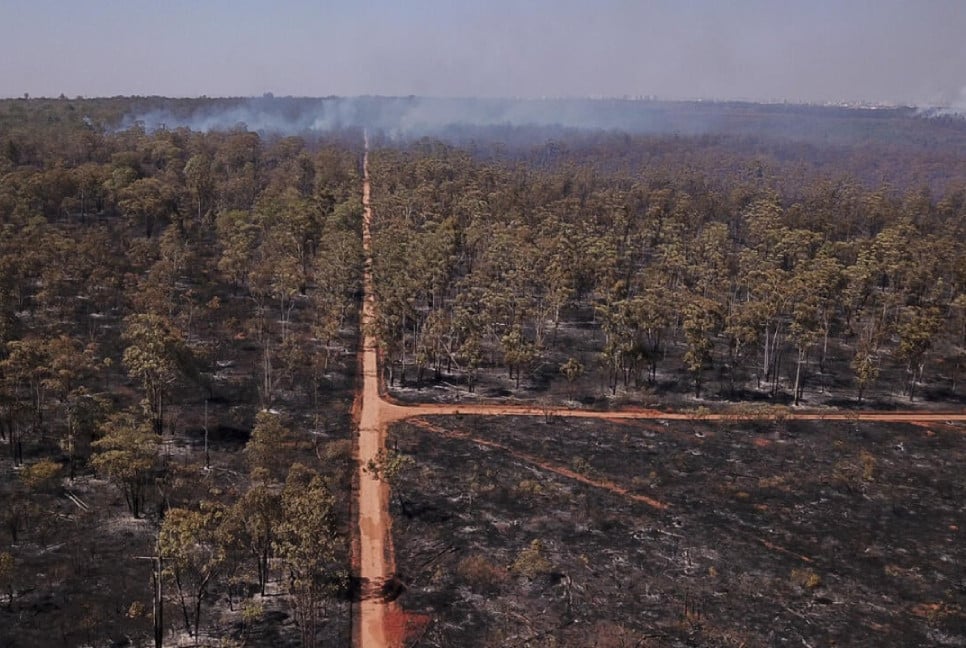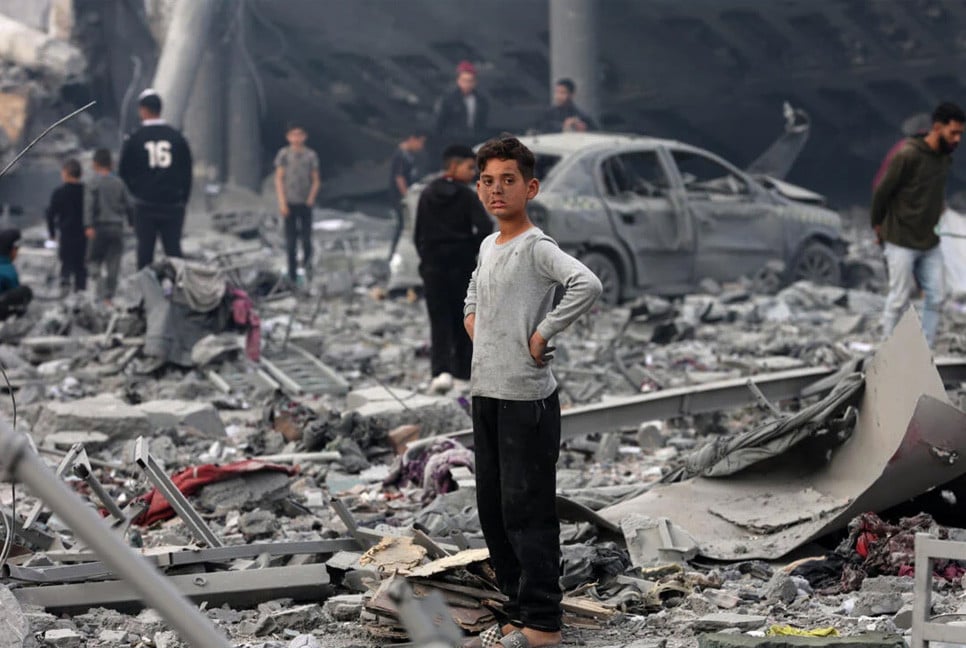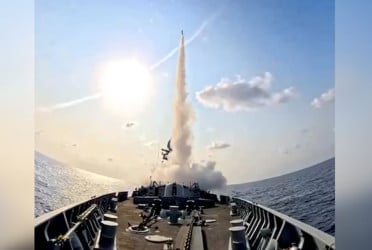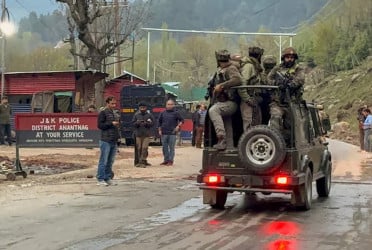Fourteen years after the catastrophic Fukushima Daiichi nuclear disaster, radiation levels at the plant have dropped significantly, allowing workers to operate in many areas with minimal protective gear. However, inside the reactor buildings—particularly the three damaged in the 2011 earthquake and tsunami—workers still face extreme radiation exposure, requiring full-body protection to carry out their tasks, reports AP.
The cleanup process, focused on removing melted nuclear fuel from the reactors, is one of the most complex decommissioning projects ever attempted. The Tokyo Electric Power Company Holdings (TEPCO), which manages the site, estimates that at least 880 tonnes of highly radioactive fuel debris remain inside the three damaged reactors. While decontamination efforts have reduced radiation levels in some areas, workers inside the No. 2 reactor must still wear multi-layered protective suits and full-face respirators to minimize exposure.
A recent breakthrough involved a remote-controlled robot successfully extracting a small piece of melted fuel from inside Reactor No. 2. This marked a crucial step in the decades-long process of removing the highly toxic material. TEPCO plans to conduct another sampling mission in the coming weeks, using extendable robotic arms to retrieve debris from deeper inside the reactor. The full-scale removal process is expected to begin in the 2030s, though progress is already three years behind schedule.
Despite safety measures, radiation exposure remains a major concern for workers. Many report feeling rushed and stressed due to strict time limits imposed to limit exposure. Full-face masks reduce visibility, heavy protective gear restricts movement, and radiation monitoring devices track their exposure in real time. In some cases, workers have suffered radiation-related burns, although TEPCO insists exposure levels remain below official safety limits.
As the decommissioning effort moves forward, workers are also preparing to remove spent fuel from cooling pools and dismantle storage tanks holding treated radioactive wastewater. Experts warn that the cleanup could extend beyond the government’s initial 2051 target, possibly taking over a century to complete. For those involved, including long-time plant workers who experienced the 2011 crisis, the mission remains deeply personal. "As a Fukushima citizen, I want to ensure this work is done properly so people can return home without fear," said Hiroshi Ide, a veteran worker leading the cleanup.
Bd-pratidin English/ Jisan


































































